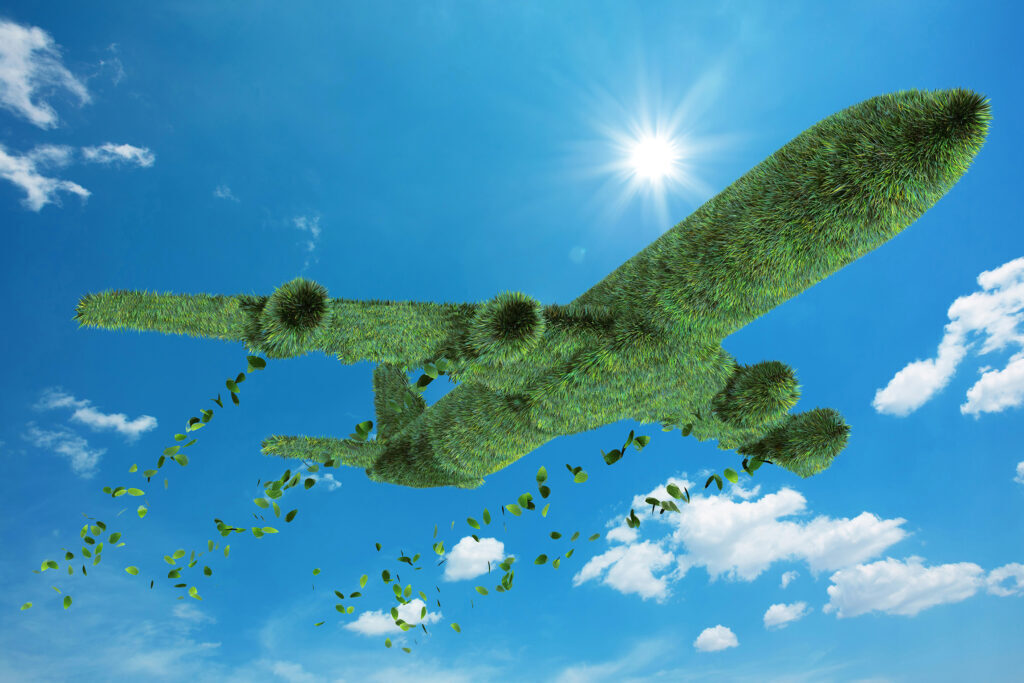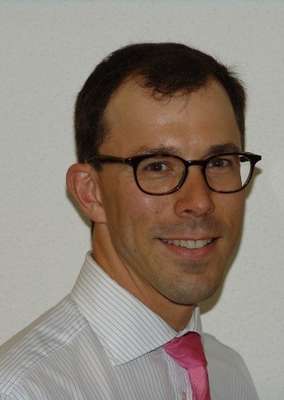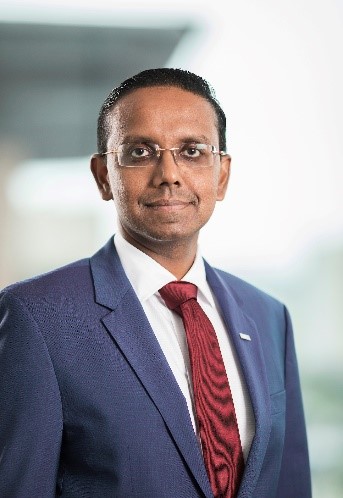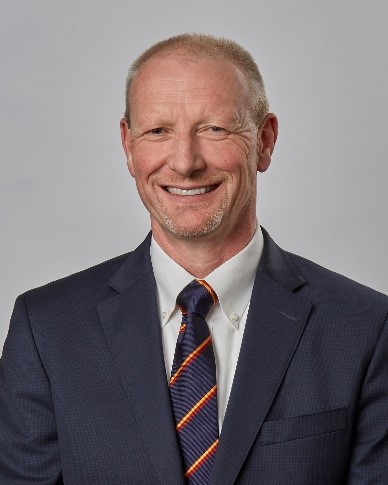
Working towards a greener aviation industry
Working towards a greener aviation industry
SKY OF THE FUTURE | 21 DECEMBER 2021
 |
|---|

Robert Boyd
Assistant Director, Aviation Environment, Environment and Sustainability, IATA
|
In October 2021, at IATA AGM, all of the world’s airlines have committed to net zero by 2050. That’s an extension of the existing industry goal, which was to half net CO2 emissions by 2050 relative to the 2005 levels. The industry is very much in line with the Paris Agreement. In order to get to net zero by 2050, we have realised that SAF plays a big role. Our estimate is that we need 65% of all fuel to be SAF by 2050. This is a huge transition from where we are today, which is 1%. A tremendous amount of work has been done to get us to where we are today, such as in areas of technical certification to make sure the fuel is safe, and to ensure that we are achieving the right sustainability metrics. But more needs to be done. Ultimately, as an industry, we need the right pricing structure for SAF, and combine that with the right policies put in place to bridge any gap. Currently, we are on the right track with very positive responses from governments and policymakers. Hubs like Singapore can leverage their strengths, for example modifying the existing refining infrastructure to produce SAF. It would be most effective if governments step in to provide support to ensure that the economics make sense to produce SAF. |
 Anand Stanley President, Airbus Asia-Pacific
|
We are conscious of our responsibility, that we have a leading role to play in developing sustainable aviation for the future. Airbus is committed to meeting the Paris Agreement targets and leading the decarbonisation of the aviation sector in full collaboration with all stakeholders. We are convinced that carbon-neutral is not only possible, but achievable within our lifetime.
We’re committed to developing, building and testing alternative -propulsion systems – powered by electric, hydrogen and solar technology – to enable the aviation industry to disruptively reduce CO2 emissions. Our R&D continues to press ahead into new generation cleaner technologies including hybrid-electric engines, alternative fuels and hydrogen technologies, to decarbonise our industry. Our ambition is to put a zero-emission aircraft into service by 2035. Decarbonisation of the air transport sector is a joint effort between regulators and the entire industry, including airlines, energy producers and infrastructure providers. In October 2021, the aviation industry committed to the net zero target by 2050. This industry-wide commitment firmly places climate action at the top of the industry’s priorities. New fuels, propulsion technologies and improvements in operations and infrastructure are expected to deliver the majority of reductions, with carbon removal measures capturing the rest. To get there, a fundamental transformation of business as usual across the aviation industry – and beyond – is required. |
| |
|
 Geoff Hunt Senior Vice President, Engineering & Technology, Pratt & Whitney
|
It is clear there will be no ‘silver bullet’ for overcoming the enormous challenges the aviation industry needs to overcome to reduce CO2 emissions. Instead, we need to pursue a range of different technology solutions for different applications.
Developed from a variety of non-fossil fuel-based feedstocks, SAF have a critical role to play in reducing aviation’s net emissions. They are a “drop in” solution that are already compatible with today’s aircraft and infrastructure and, therefore, offer the best route to decarbonising the tens of thousands of aircraft flying today and in the coming decades.
We have been closely involved in SAF testing for over a decade, and supported industry regulators in devising the standards that allow SAF to be used today at blends of up to 50% with standard Jet A fuel. We’ve tested blends of 100% on PW600 and GTF engines and continue to advance standards for making our engines 100% SAF ready in the future.
As an engine maker, our technical challenge on 100% SAF is relatively modest compared to the more pressing issue of SAF supply and infrastructure. SAF accounts for less than 0.1% of fuel used by commercial aircraft today.
SAF production must be drastically and urgently scaled up, while the cost per gallon must also be reduced. Fortunately, momentum is building in that direction, with governments in the USA and Europe establishing a range of policies – from tax incentives to investment stimulus – which will help create the best conditions for demand and supply.
|
| |
|
 Jacqueline Lam Regional Lead for Global Sustainability Policy and Partnership, Boeing Singapore
|
SAF is a sustainability solution that requires alignment across multiple stakeholders to create commercial viability through economies of scale, and a conducive policy and regulatory framework for deployment.
Boeing has been committed to the development of SAF for over 15 years, and we are now collaborating with key stakeholders on scaling of SAF. Ensuring the economics of SAF is sustainable for our customers is a key element of this work. Every jurisdiction has its own set of policies that will be the most effective, but based on the experience of other renewable fuels, we have found that incentive is the most powerful in scaling.
In our efforts towards better environmental stewardship, Boeing has been working hard to engage relevant stakeholders in ensuring the most conducive environment for international SAF deployment.
Consumer demand for sustainable travel will also be a key driver for aviation decarbonisation. Success in this endeavour will require concerted efforts from all stakeholders and Boeing will continue to improve and scale technologies for clean energy transition, advanced power systems and platforms and our shared purpose to connect, protect and explore the world and beyond.
|
| |
|
 Gerald Ng Director, Environment and Sustainability, Changi Airport Group
|
To build a sustainable future, CAG has pledged to achieve zero carbon growth from 2018 to 2030. This means that we will limit our carbon emissions for fuel and electricity consumption at 2018 levels, even as we project to serve more travellers in the years ahead.
Today, over 99% of CAG’s carbon emissions come from our use of grid electricity. CAG’s de-carbonisation efforts centre around reducing electricity consumption and using cleaner energy wherever possible. Apart from CAG’s own emissions reducing initiatives described above, we also work closely with our partners to support their sustainability initiatives.
SAF will be a key de-carbonisation lever for airlines. CAG is partnering Civil Aviation Authority of Singapore and Singapore Airlines on a SAF trial which will commence in 2022. We look forward to working closely with our airline partners to accelerate the use of SAF at Changi Airport.
There is no single path to achieving the utopian state of net zero carbon emission – we will need a suite of solutions to address different aspects of our business and supply chain. Technology will be a crucial enabler.
The good news is that there are many solutions being developed, including carbon capture, which is the process of converting carbon dioxide in the atmosphere into feedstock for renewable energy, hydrogen produced in a sustainable manner, and SAF. The challenge is ensuring scalability and commercial viability. To unlock the full potential of such emerging technologies, partnerships and collaboration among public and private stakeholders are critical. We will also need effective policies to balance the supply and demand of such emerging technologies.
|
